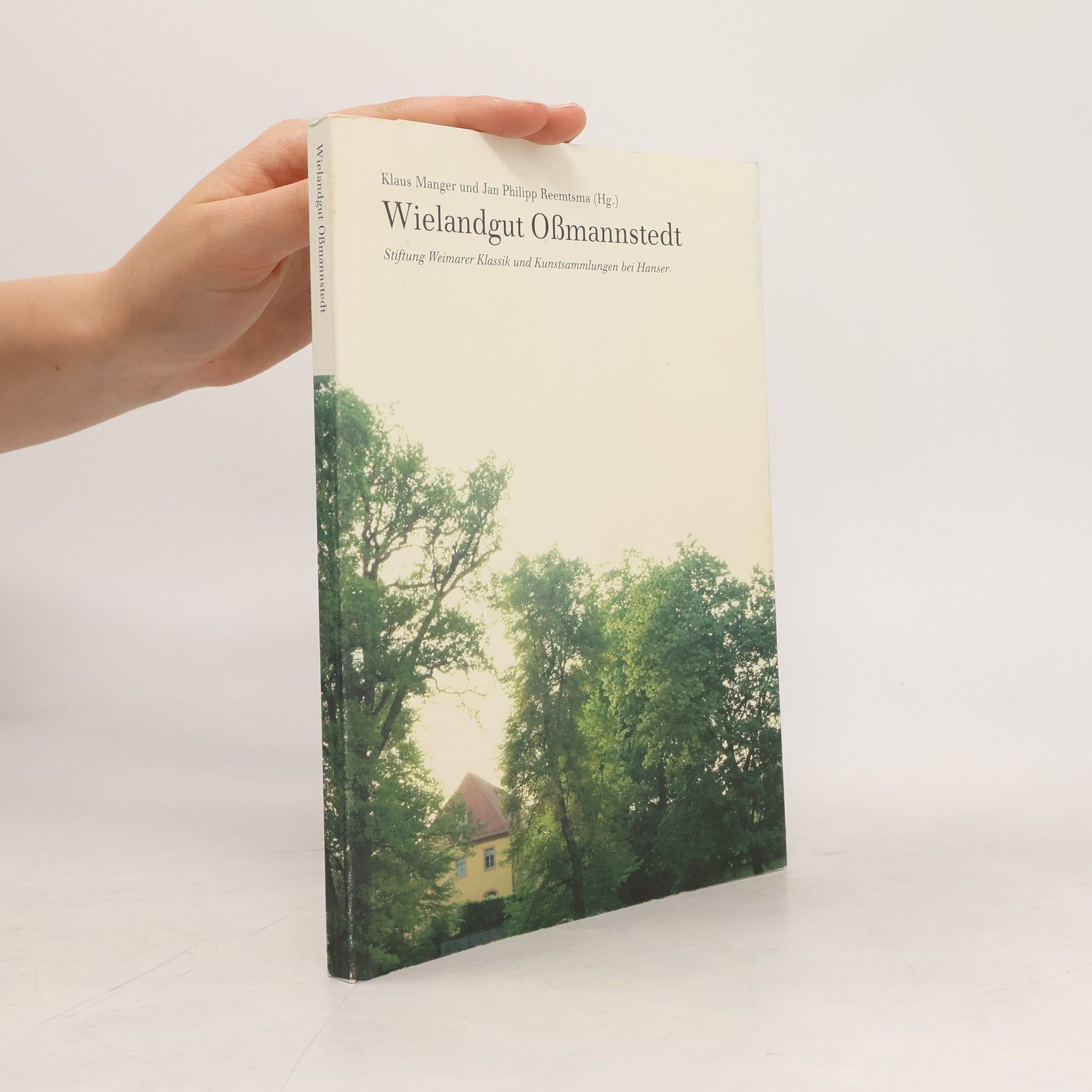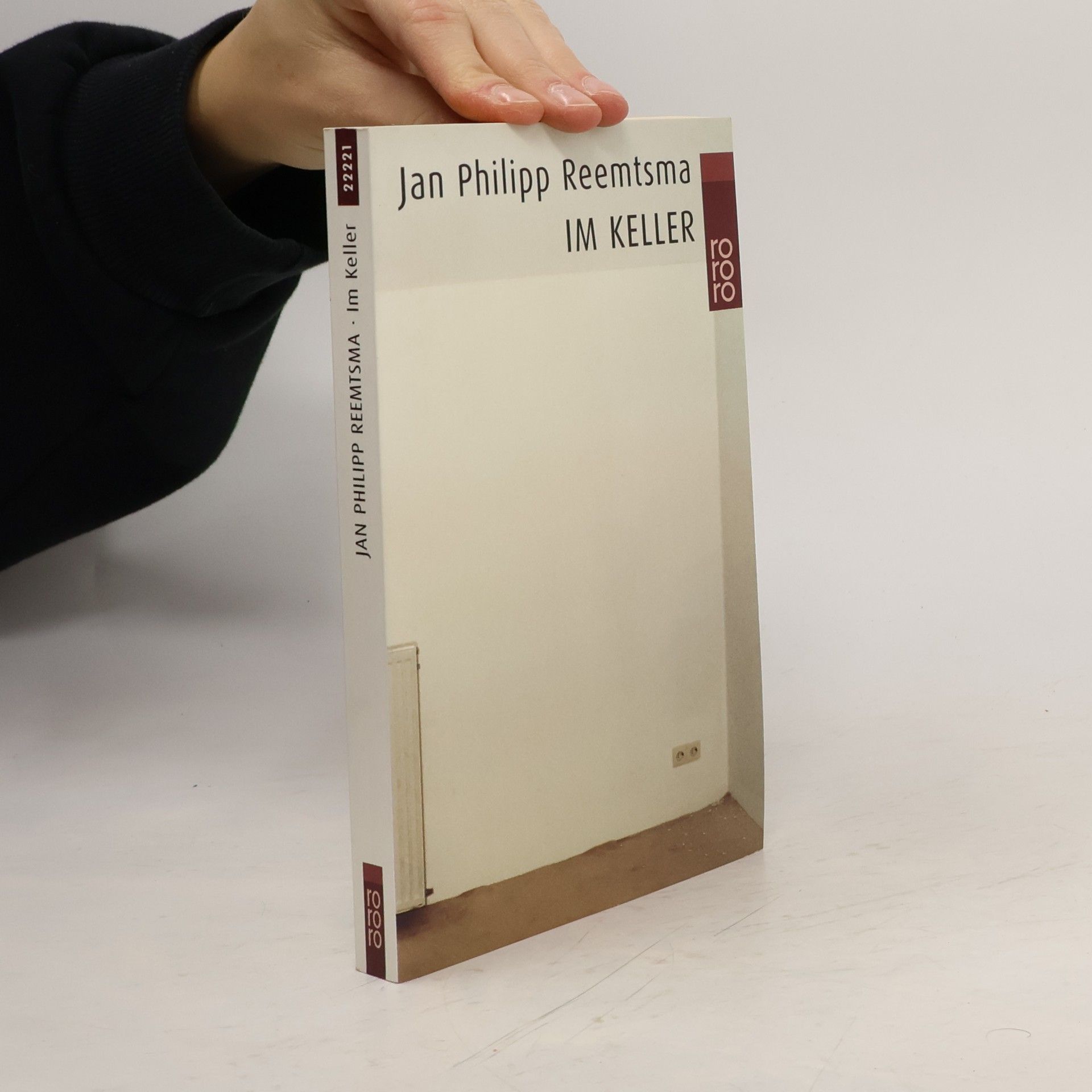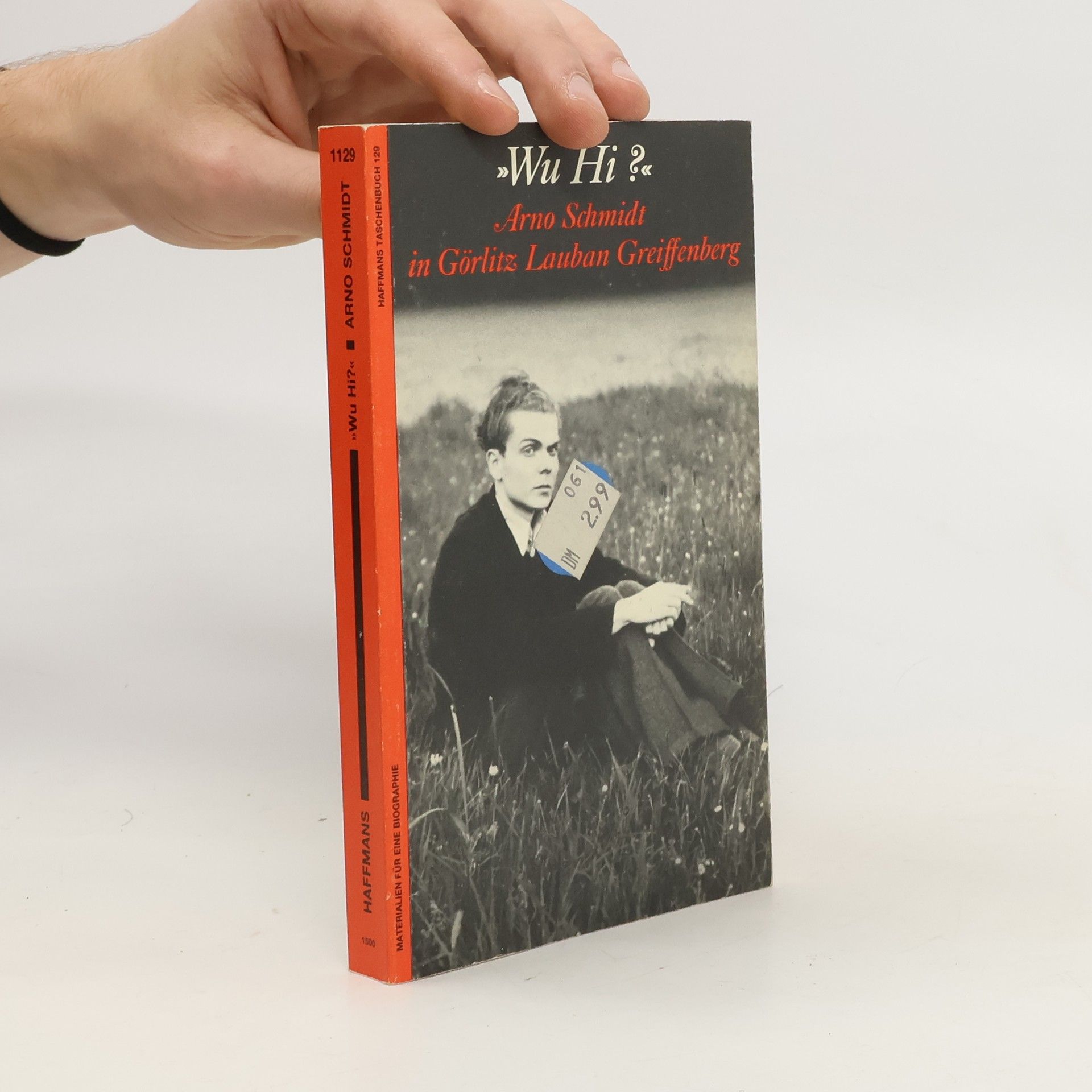Vertrauen und Gewalt
- 576pages
- 21 heures de lecture
Die Probleme der Gewalt bleiben komplex, wie Hannah Arendt vor 40 Jahren feststellte. Dieses Buch untersucht, warum die Soziologie Schwierigkeiten hat, die Phänomene der Gewalt zu erfassen. Jan Philipp Reemtsma analysiert, was Vertrauen in der Moderne bedeutet und wie es an die Legitimationsanforderungen des Gewaltgebrauchs gebunden ist. Er hinterfragt, wie extreme Destruktivität trotz des modernen Programms zur Gewalteinschränkung bestehen kann und warum das Vertrauen in die Moderne trotz der Gewaltexzesse des 20. Jahrhunderts fortbesteht. Das Werk beleuchtet verschiedene Aspekte der Gewalt und deren Beziehung zur Macht, untersucht, warum bestimmte Gewaltformen in der Moderne tabuisiert sind, obwohl sie weiterhin existieren, und analysiert die Wahrnehmungs- und Analyseprobleme, die daraus resultieren. Reemtsmas Ansatz ergänzt bestehende Perspektiven und nutzt eine besondere Beschreibungstechnik. Historische, politische, literarische und philosophische Entwicklungen werden mit konkreten Ereignissen verknüpft. Soziologische Reflexionen und historische Beispiele werden durch philologische Analysen bereichert, etwa durch die Auseinandersetzung mit William Shakespeare als Theoretiker von Macht und Gewalt oder Friedrich Schillers Konzept des Desperado in 'Wilhelm Tell'. Reemtsma bietet eine Arbeit, die dazu anregt, gewohnte Sichtweisen zu hinterfragen und das Verständnis der Beziehung zwischen Vertrauen, Gewalt und Macht zu verti







